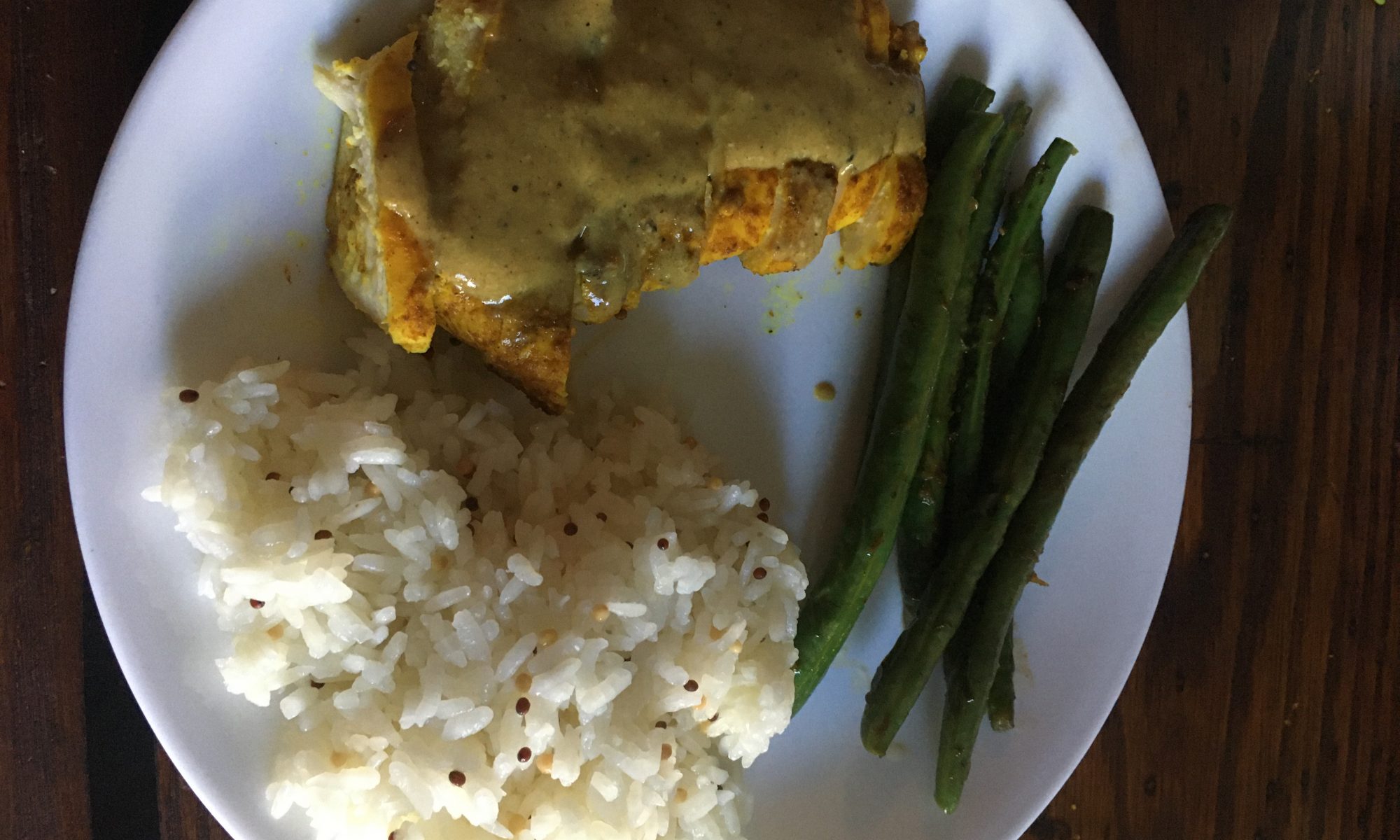Please stick with me as I attempt to use tech in new and interesting ways. This article will (eventually) have hyperlinks to the recipes themselves. If it works, items that have been underlined will lead you to other websites where I found recipes that worked well.
Food banks are amazing. They offer free food packages to families in need. Service varies by state, county, and town. In general, they all have an abundance of dry goods. Anyone who has survived with the help of food bank programs knows that after several weeks a household can end up with an abundance of supplies that can be difficult to integrate into menu items. I have experienced periods of my life where it was necessary getting creative with staples from the food bank programs. I have a few ideas that are pretty popular. I will link them here as I learn how to do so.
Recipes
- Chicken pot pie: For this recipe, I mix two packets of “gravy” mix, a can each of drained carrots, corn, peas, and chicken (larger sized). If I have any I will dice potatoes and onions and cook them in some butter before mixing the gravy into the water. I do this all in the same pan. This is the filling to put into whichever crust you might have on hand. This can be made with variations for crusted, crust-less, and a Deconstructed version to use up Biscuit mix. If you try it, leave a comment below to let me know if you and your family enjoy it as much as we do?
- Fry-bread / Fried dough is a great way to uses up dry flour, powdered milk, and vegetable oil. This can be served with chili and taco toppings, covered in a stew for a tasty, filling dinner, or as a dessert with honey butter and powdered sugar. Mmmmmmm. Not that there is any leftover, but if some pieces survive the onslaught of your horde it can be lain flat to freeze, then put into a zipper in the freezer. They work well in a toaster to re-heat. The same process works for leftover pancakes or french toast. Indeed, many times I have made triple-batches of these recipes just so that I could freeze a portion of them for quick meals to be pulled out later. What a time saver!
- Vegetable soup. It was a revelation to me that I could add various canned vegetables to a pan and it would become soup! I use canned vegetables of several varieties, tomato paste or sauce, and dry beans can be added, soaked or not. Whatever you have in your stores. I usually start all my soups with a quart of broth, which can be homemade from leftover bones and veggies or canned. See the link below for a simple at-home broth. Usually, it takes a bit of tweaking to figure out which spices and flavors taste best, but this is by far the best and simplest way to use up those cans. Soup can also be frozen in small containers and brought out later for quick healthy meals.
- Goulash. I think of goulash as a dry-soup. I use whatever pasta I have on hand and cook that until it’s just under-done. I add canned or frozen veggies and a can of pasta sauce. I might even throw in canned soups that are hanging around. I add the pasta once everything else has had time to heat through. This can be made in a meat or veggie version. Add salt, pepper, and garlic to taste.
- What to do with canned cranberry sauce: You can make muffins, cookie bars, smoothies, or add to turkey sandwiches! I love cranberry sauce on my sandwiches.
- Canned pumpkin. This changed my life. When I realized that pumpkin could go way beyond the pie, I realized how much I loved pumpkin in everything. My favorite recipe is to make a curry garlic pumpkin soup. We also like to make pumpkin pancakes. Let me know how you like to use up your pumpkin?
- Make your own broth: It’s amazing how simple it is to create delicious, nutritious veggie or bone broths from the food you might otherwise have thrown away. I try to keep a zipper bag in my freezer and add the ends of veggies I’ve used in other recipes. when the bag gets full I dump the whole thing in a pot with water. I usually add any bones I have as well. I let it simmer with a little bit of vinegar added, sometimes overnight. This can also be done in a crockpot. Can be refrigerated or frozen. I suggest using smaller containers so you can pull out as much or as little as you need.
- Easy dinners with rice as a base: There are so many ways to eat rice. Even leftover cooked rice can be turned into appetizing meals. I’ve made casseroles, Risotto, Fried rice, Veggie rice bowls (with or without egg), Rice cakes, and scrumptious easy rice pudding. For the pudding, I add a can of sweetened condensed milk, cinnamon, and raisins to a pan. I warm it up, adding a splash of water or milk if needed to thin it out. When it is warm enough to steam a little I add the cold leftover rice and stir until it is all warm.
I hope you find some use for the lingering items in your kitchen. If I have missed any good ones, please let me know in the comments below.
If you are hungry click here to find a food bank near you.




